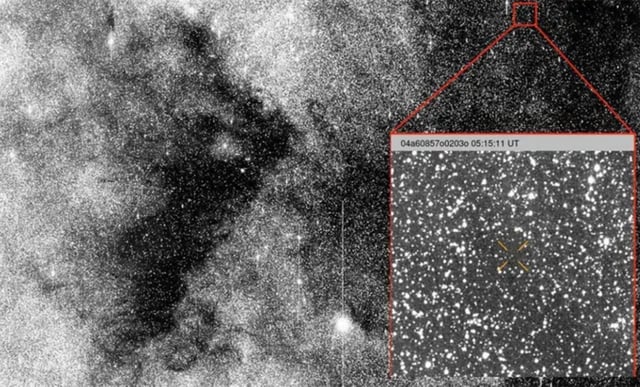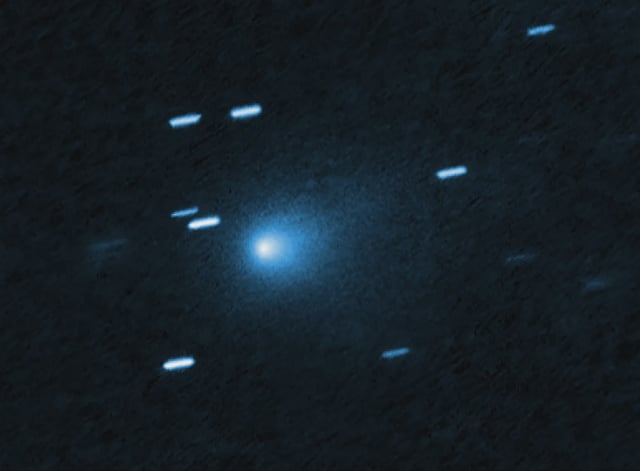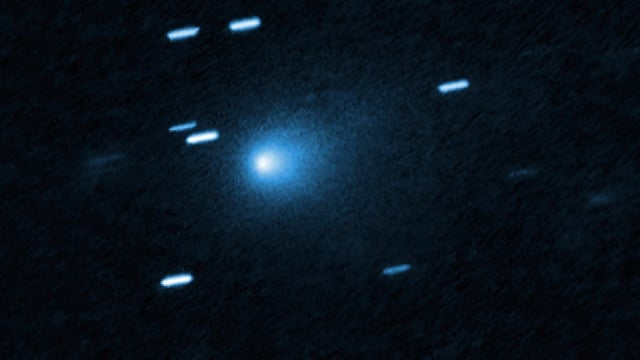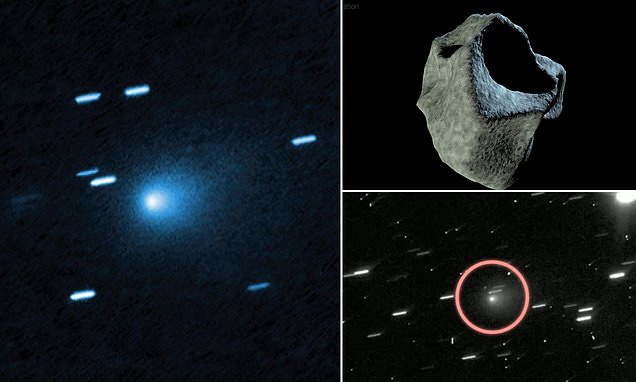Overview
- Hubble’s latest observations constrain 3I/ATLAS’s nucleus to 320 meters–5.6 kilometers in diameter and reveal a sunward dust plume and faint tail.
- Traveling at roughly 209,000 kilometers per hour, the comet follows a hyperbolic interstellar trajectory and will reach perihelion on October 29 inside Mars’s orbit while remaining at least 1.8 AU from Earth.
- Discovered on July 1 by the ATLAS survey, 3I/ATLAS is only the third confirmed interstellar visitor to journey through the Solar System.
- Advances in sky surveys and space telescopes like Hubble and the upcoming James Webb Space Telescope are enabling more detailed studies of these transient celestial travelers.
- The vast majority of scientists support a natural cometary origin for 3I/ATLAS, but a minority led by Avi Loeb continues to propose a speculative artificial-probe hypothesis based on its anomalous brightness and trajectory alignment.



